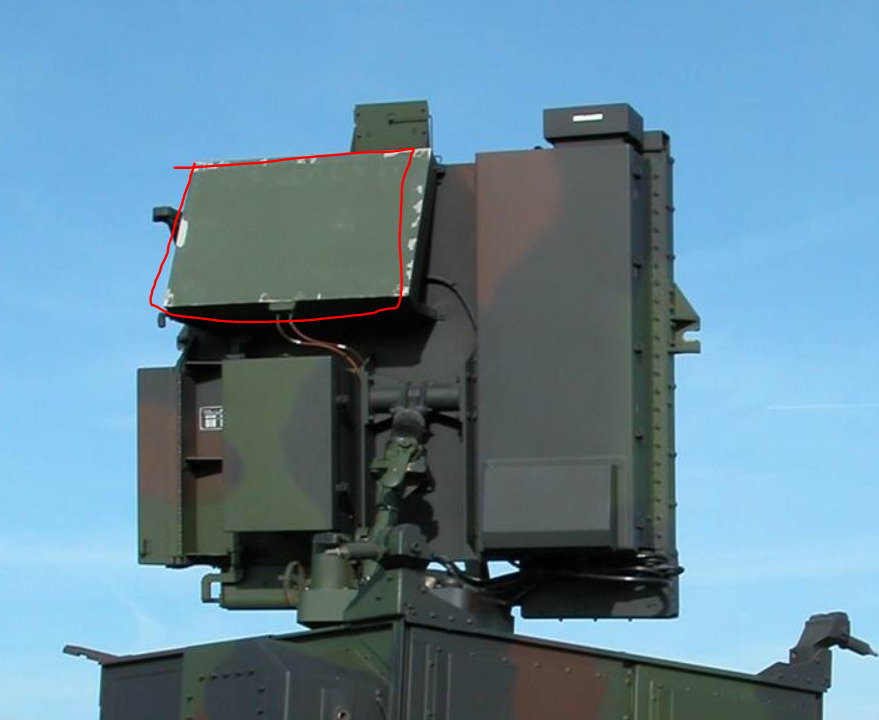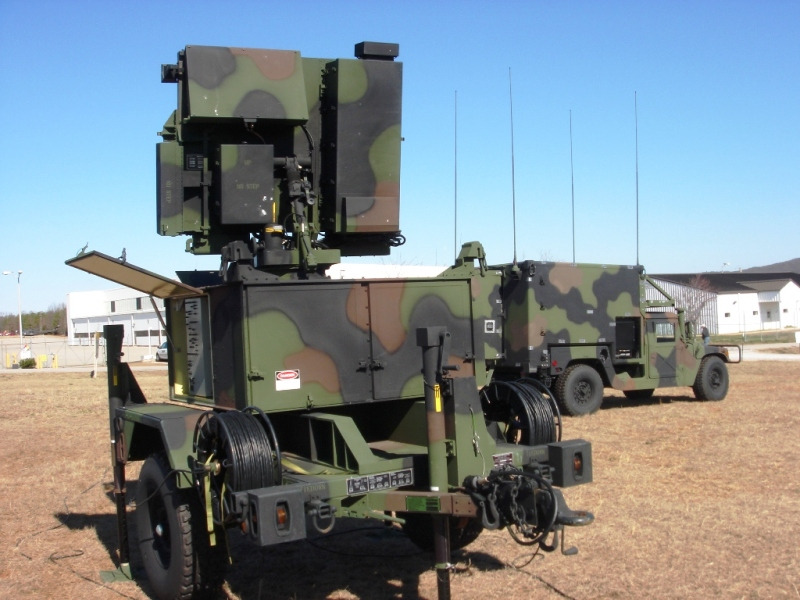The AN/TPX-56 is the box located to the right of the main array, it is not the back radar panel.
To that same end, the mechanical scan rate only takes into account the main array being scanned, this is why it can scan between 3 and 30 RPM variably, if the back scan was included, it being able to reach 3 RPM makes no sense, it would have to be moving at a glacial rate.
To that same end, videos of the system functioning that I’ve hand timed have the panel rotating at 30 RPM quite often, or most commonly 25 RPM it seems like.
I’ve already reported such above and such was accepted. However, like the actual max range of the system, gaijin has chosen to just ignore most of the reports I made even though they were accepted.
Same deal, there is no documentation that gives the actual performance of the rear radar beyond it’s performance being considered equal to the main array’s rapid mechanical scan abilities, which your source also corroborates.
This is speaking about the main array and it’s ability to dwell on areas, aka, split off a beam and bore a point while the main array continues to scan.
As stated above, the IFF interrogator antenna system is on the front of the system to the right of the main array.
Pretty sure thats talking about the elevation arm on the entire unit.
Overall, you seem to be assuming that the document you posted it speaking widely about the rear panel, when in reality this document is simply speaking about the entire system, primarily the main array.





